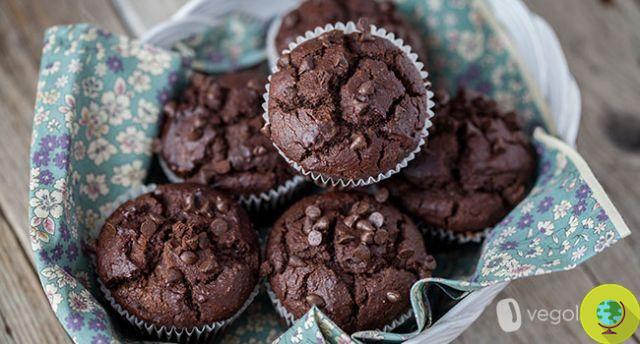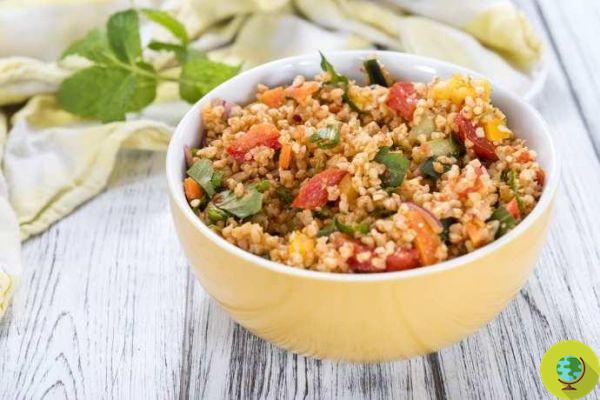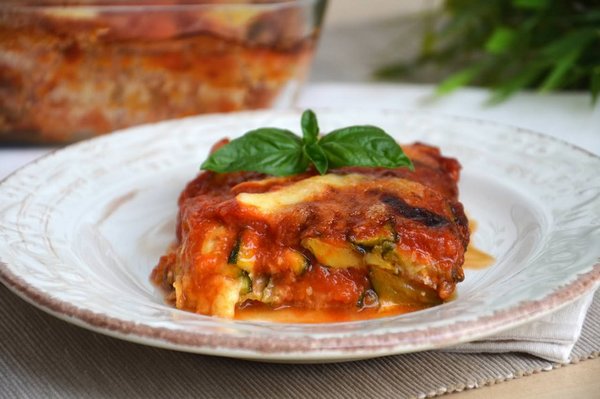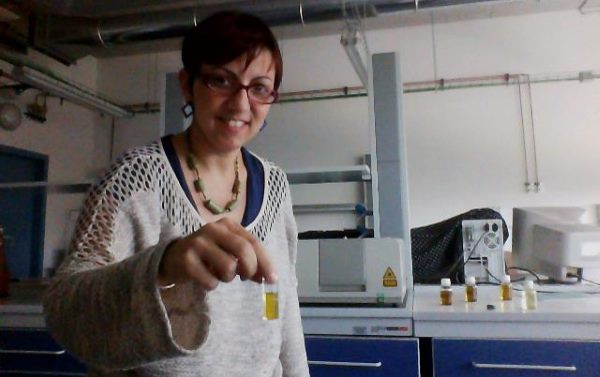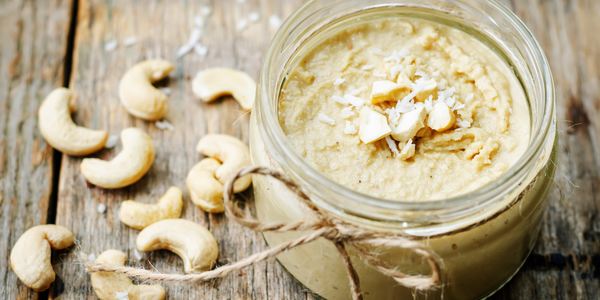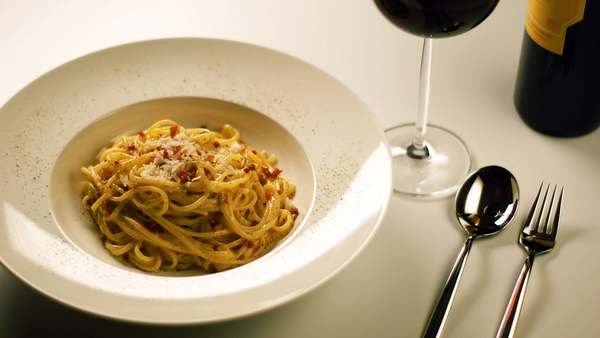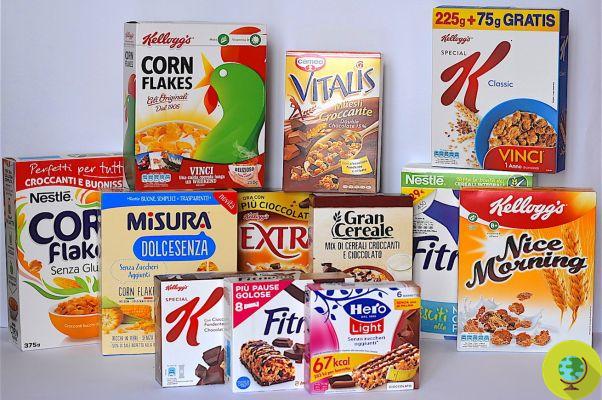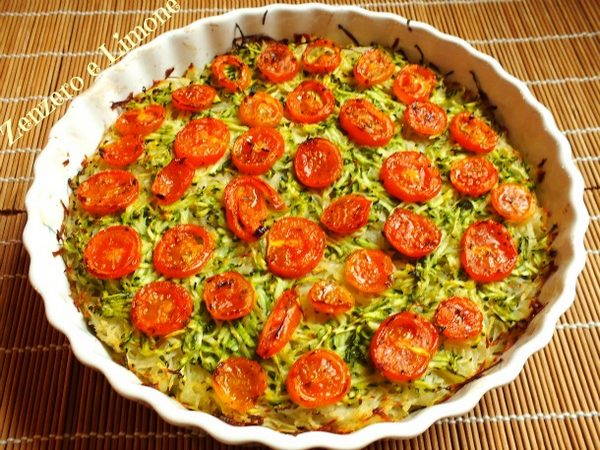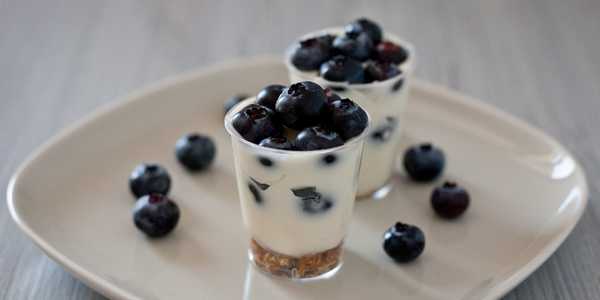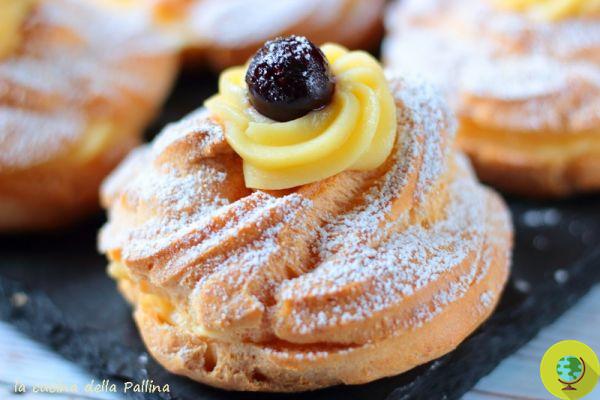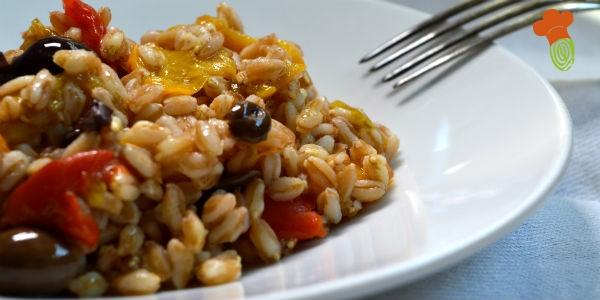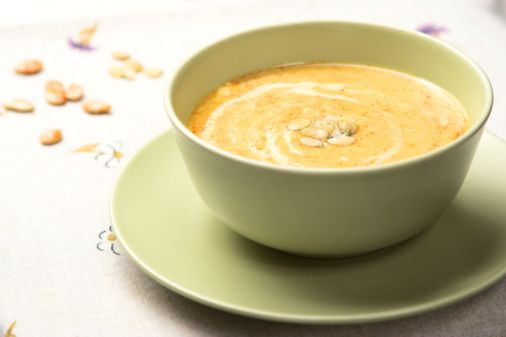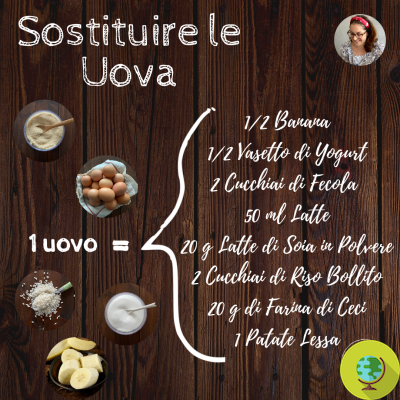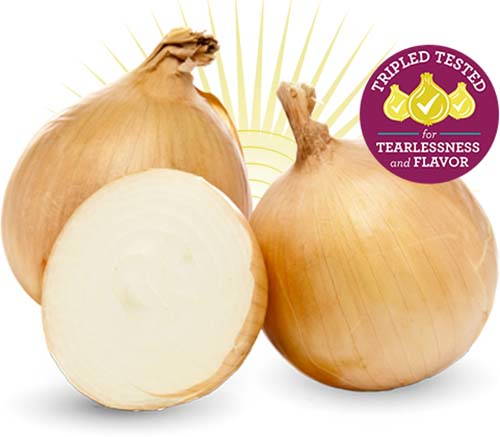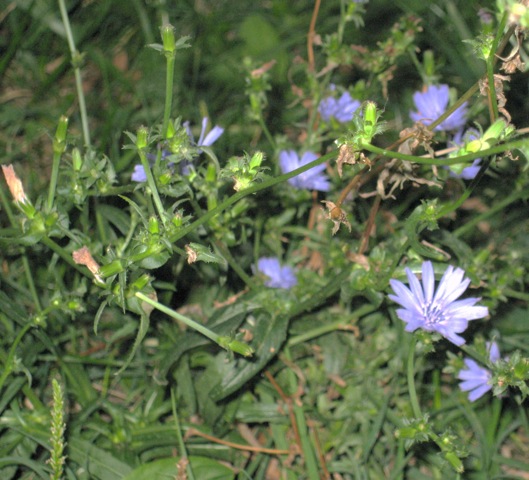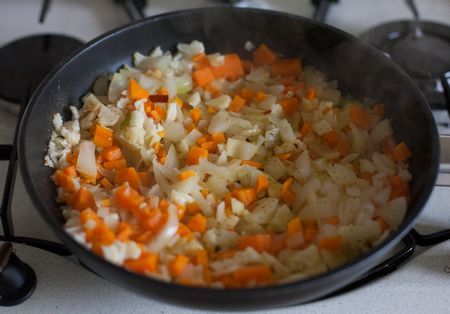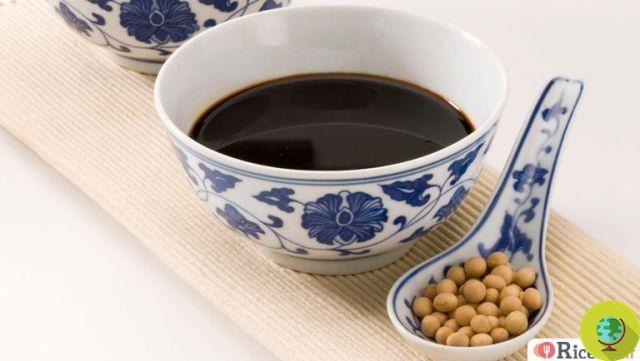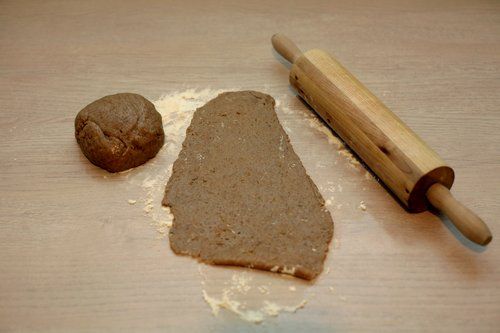Cornstarch, also known as cornstarch, is an ingredient that we should always keep in our pantry as it lends itself to the creation of different recipes. So let's discover all the secrets to use it at its best in the kitchen and beyond ...
Don't store avocado like this: it's dangerousLa cornstarch, also known as cornstarch, is an ingredient that we should always keep in our pantry as it lends itself to the creation of different recipes. So let's discover all the secrets to use it at its best in the kitchen and beyond.
Mainly known as a thickener or ingredient that makes sweets softer and fluffier, cornstarch comes in the form of a very fine white powder. It is obtained by wet grinding the corn endosperm, that is the internal part of the grains which are particularly rich in starch. The difference with corn flour is in fact very evident and this is due to the fact that the latter is obtained from the grain of cereal in its entirety.
Index
Maizena, property
Cornstarch does not actually have many properties as it is an ingredient consisting mainly of starch. However, let's see its main features:
- Nutritional values: cornstarch is mainly composed of carbohydrates even if there are small quantities of minerals including potassium, calcium, magnesium and sodium.
- Gluten free: one of the greatest advantages that cornstarch offers is undoubtedly the fact of being a gluten-free product that can therefore also be used by those who are intolerant to this protein or by those suffering from celiac disease.
- Positive effects on diabetes and blood sugar: a research carried out a few years ago highlighted the possible positive effects of corn starch on blood sugar and diabetes as long as this ingredient is combined with green tea rich in epigallocatechin-3-gallate, an active ingredient able to keep levels at bay blood sugar.
- Soothing and emollient: corn starch is useful as an ingredient of beauty and well-being thanks to its softening and soothing qualities.
- Versatile at home (not just in the kitchen): other practical and alternative uses of corn starch see this ingredient as the protagonist of home care, for example in cleaning windows, carpets or silverware.
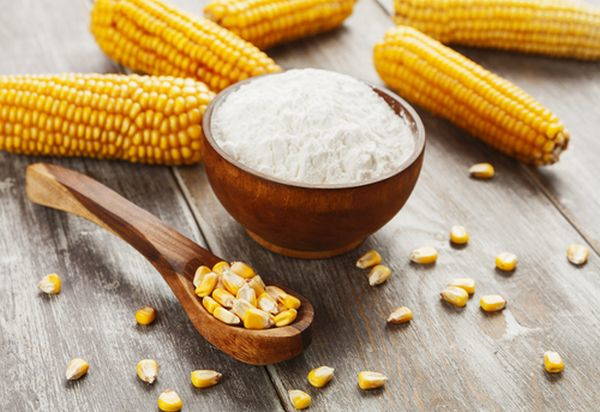
How to use cornstarch in the kitchen
The cornstarch in the kitchen lends itself to the realization of many preparations. Thanks to some of its particular characteristics, corn starch is in fact essential to obtain good results in certain recipes. Corn corn can be used as:
- Thickener: in the preparation of sauces, soups, puddings, creams, hot chocolate, bechamel and much more.
- In place of eggs: if you cannot consume eggs for allergy reasons or because animal derivatives have been excluded from your diet, an excellent alternative is to use cornstarch. In this case, 1 or 2 tablespoons of corn starch must be added to the recipe instead of each egg.
- To make cakes fluffy: cornstarch is also an important ingredient for those who delight in preparing certain types of desserts as it helps to make them softer. It is therefore often added to donuts and all those types of cakes that must be high, well leavened and soft.
Maizena, recipes
The recipes in which cornstarch is used are really numerous. We present some of them:
Hot chocolate
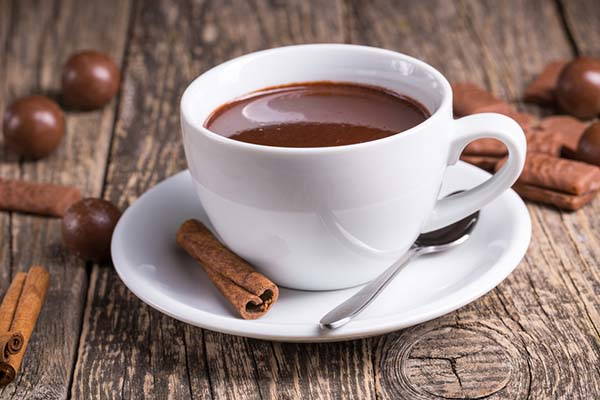
Both the traditional hot chocolate recipe and its many variations use cornstarch as a thickener to make the preparation creamy to the right point.
Catalan cream
The Catalan cream, according to the original recipe, is prepared with egg yolks, cinnamon, brown sugar, corn starch, cream, sugar, milk and lemon juice. However, there are also lighter or vegan versions.
Gluten-free bechamel
The famous sauce used as a condiment for different dishes is generally made with flour, but there are numerous variations to make it lighter and suitable for particular choices or dietary needs. The gluten-free bechamel, for example, requires the replacement of the classic flour with corn starch.
Margherita cake
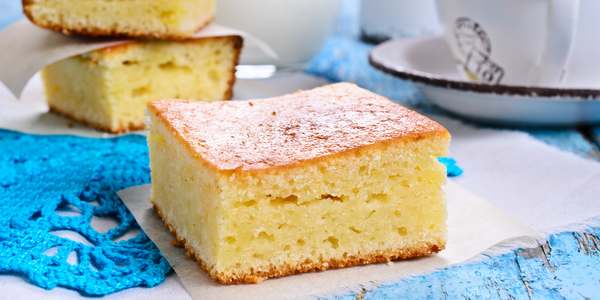
The classic recipe for the margherita cake involves the use of potato starch to make it soft and fluffy. However, this can be replaced in the same quantity with corn starch.
Peach pudding
In the recipe for peach pudding or other variations, cornstarch is used to thicken the preparation that would otherwise be too melted.
Crepes without gluten
Those who must exclude gluten from their diet can still prepare excellent crepes by replacing the classic flour with corn starch.
Chantilly cream
Different variations of Chantilly cream, for example those without eggs, gluten-free or even vegan, include cornstarch among the ingredients to thicken it.
Gluten-free custard
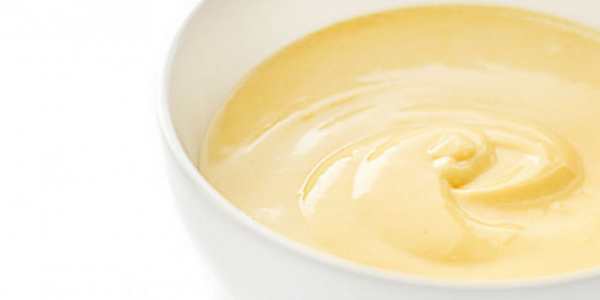
To make a gluten free custard instead of the classic flour you can use corn starch.
sponge cake
Some sponge cake recipes to make this cake base softer and fluffier involve using potato starch or corn starch.
Egg-free chocolate chip cookies
The recipe for egg-free chocolate chip cookies involves replacing this ingredient with rice flour or corn starch in order to allow the dough to bind better.
A little secret
Remember to always dilute the cornstarch in a little hot water or milk before using it in the chosen recipe. If you add it as it is there is in fact a higher risk of forming lumps.
Alternative uses of cornstarch
Even outside the kitchen, cornstarch is a natural and inexpensive ingredient that can prove useful. Among the practical uses of corn starch for home or personal care we can include:
- Carpet cleaning: it should be placed on the stain and left to act for about 20 minutes before brushing it off or vacuuming it
- Cleaning the silverware: add a little corn starch to a drop of water to form a batter that you will pass on the silverware with the help of a sponge, rubbing gently.
- Instead of shampoo: corn starch lends itself to becoming a dry shampoo able to cleanse the hair by eliminating excess sebum. Just add a small amount on your hair, let it act and then brush.
- Burns or stings: to soothe the discomfort in these cases it is possible to prepare a porridge with corn starch and water, leaving it on the inflamed area until it is dry. At that point wash away.
- To relieve redness and itching in babies: dissolve one or two tablespoons in the bath instead of or in addition to rice starch.
Do you fully exploit the potential of cornstarch in the kitchen and at home?
Read also:
- STARCH DI MORE: 10 USI ALTERNATIVI





